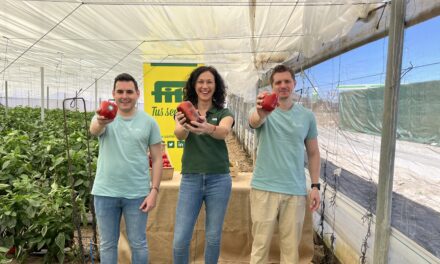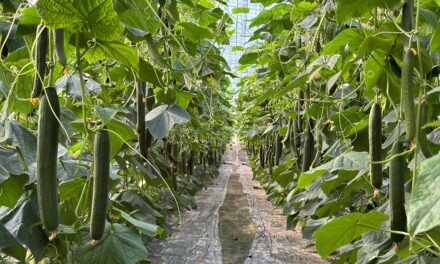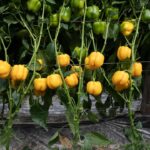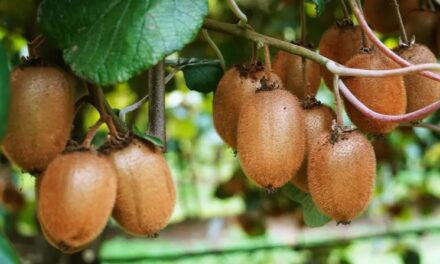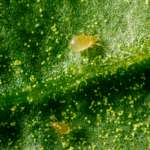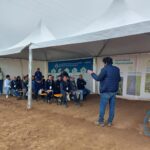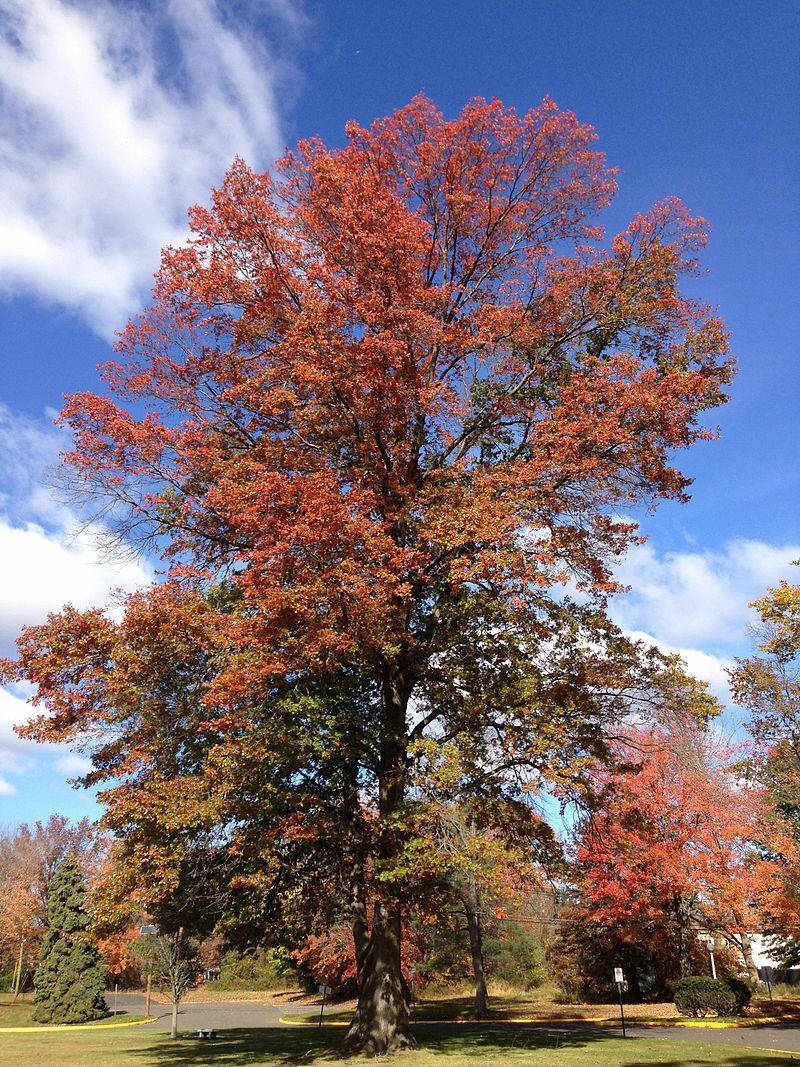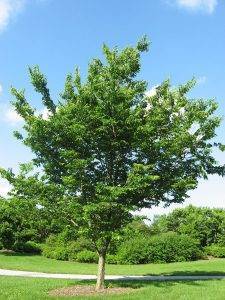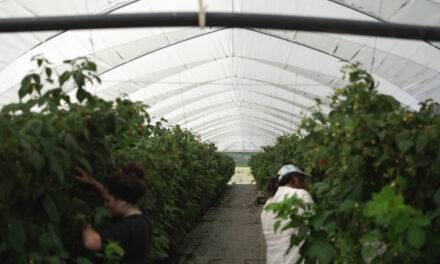
Did you know that trees are important butterfly host plants?

Article by Louise Schaefer / Insects, Plants of Edge of the Woods Native Plant Nursery
Many are hosts for the larval – or caterpillar – life stage of the butterfly. The adult butterfly will lay eggs on the leaves. When they hatch, the caterpillars munch away. The feeding does not damage the tree. Often, the eggs are laid high in the canopy and you may never see them.
Oaks and Hackberries are worthy of mention for the role they play in butterfly life cycles. Over 500 species of showy moths and butterflies are supported by oaks as a group. Hackberries support a few notably showy butterfly species.
Oaks Quercus species
There are many native oak species. But we’ll focus on Pin Oak, Red Oak and Bur Oak.
– Pin Oak is strongly pyramidal and often used in home landscapes. It is one of the faster growing oaks, growing 12’ to 15’ in 5 to 7 years. It is tolerant of wet soil, clay, and standing water for several weeks. Pin Oaks require acidic soil — leaves will yellow if the pH is too high. Easy to transplant, it attracts birds, butterflies, and hummingbirds
– Red Oak is another fast growing oak, growing up to two feet a year in moist well drained soil. When mature, it is round-topped and symmetrical. Easy to transplant, it prefers sandy loam, well drained, acidic soil. It is the most shade tolerant of the oaks and attracts butterflies and hummingbirds
– Bur Oak forms a broad crown when mature, and grows about a foot a year. This large, majestic tree is adaptable to various soils: sandy, limestone, moist, dry, or clay. It requires full sun and attracts songbirds and butterflies
American Hackberry Celtis Occidentalis
A small to moderate size shade tree, the fast-growing American Hackberry tolerates wind, urban conditions and pollution, and adapts to soggy soil or extreme drought. A good alternative to Chinese or Siberian Elm, it creates a shady canopy. The corky bark provides visual interest all year long.
Hackberry is a valuable larval host for Tawny Emperor, Hackberry Emperor, American Snout, Question Mark and Mourning Cloak Butterflies. Many birds, from Mockingbirds to Cedar Waxwings, relish the small reddish-purple ‘berries’ that form on the tree in fall to winter.
*Header image: Question Mark, American Snout, Mourning Cloak and Emperor Butterfly, which require Hackberry as a larval host plant
*Images linked to the original source
*Source ‘Trees for Butterflies‘ by Louise Schaefer of Edge of the Woods Native Plant Nursery

